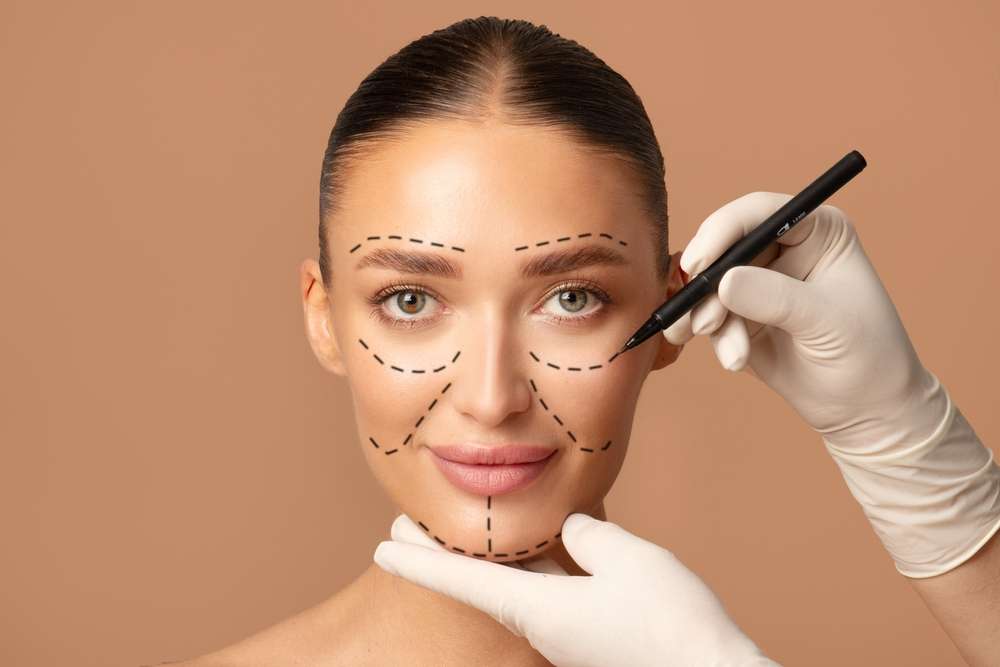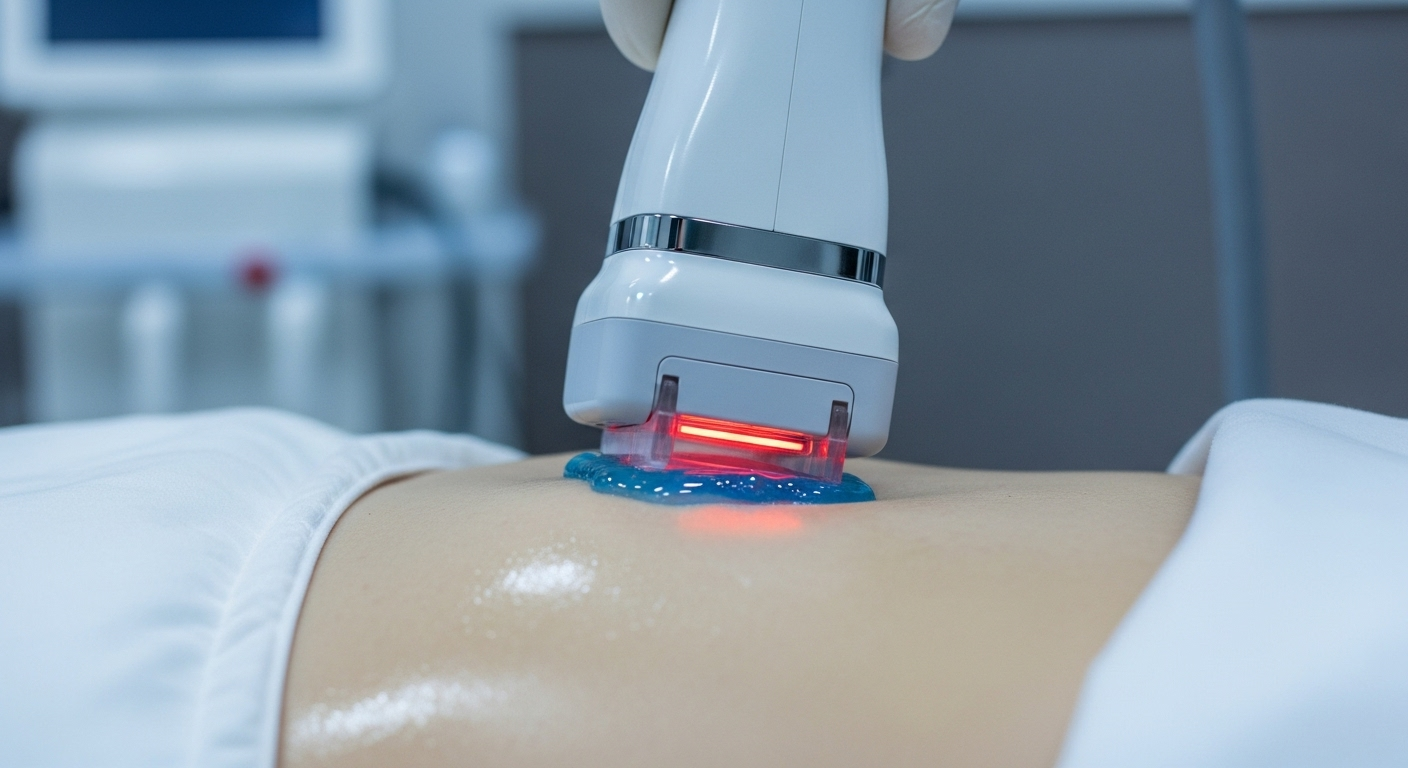The Art of Eyebrow Microblading: Precision and Permanence
Eyebrow microblading has emerged as a revolutionary technique in the world of beauty and cosmetic enhancements. This semi-permanent makeup procedure has gained immense popularity over the past decade, offering a solution to those seeking fuller, more defined eyebrows without the daily hassle of applying makeup. Microblading involves using a handheld tool with tiny needles to deposit pigment into the superficial layers of the skin, creating hair-like strokes that mimic natural eyebrow hairs. The result is a realistic, three-dimensional effect that can last for months or even years. As the demand for this procedure continues to grow, it's essential to understand its origins, techniques, benefits, and potential risks.

The Microblading Process Explained
Microblading is a meticulous process that requires skill, precision, and artistry. The procedure typically begins with a consultation, during which the technician discusses the client’s desired brow shape and color. Next, the brow area is cleaned and numbed with a topical anesthetic. Using a specialized hand tool, the technician creates fine, hair-like strokes in the skin, depositing pigment as they go. The process can take anywhere from one to three hours, depending on the desired outcome and the technician’s experience. Most clients require a touch-up session four to six weeks after the initial procedure to perfect the results.
Advantages of Microblading
One of the primary benefits of microblading is its long-lasting nature. Unlike traditional makeup, which must be reapplied daily, microbladed brows can last anywhere from one to three years with proper care. This semi-permanent solution is particularly appealing to those with busy lifestyles or those who struggle with applying makeup due to physical limitations. Additionally, microblading can be a game-changer for individuals who have experienced eyebrow hair loss due to medical conditions, aging, or overplucking. The natural-looking results can boost confidence and save time in daily beauty routines.
Potential Risks and Considerations
While microblading offers many benefits, it’s crucial to be aware of potential risks. As with any cosmetic procedure involving breaking the skin, there is a risk of infection if proper sterilization techniques are not followed. Allergic reactions to the pigments used are rare but possible. Some individuals may experience scarring or keloid formation, particularly if they are prone to these issues. It’s also important to note that the results are not entirely permanent, and color fading is expected over time. Clients should be prepared for the possibility of needing touch-ups to maintain their desired look.
Choosing a Qualified Technician
The success of a microblading procedure largely depends on the skill and experience of the technician performing it. When considering microblading, it’s essential to research potential technicians thoroughly. Look for professionals who have completed comprehensive training programs and are certified in microblading. Review their portfolio of before-and-after photos to assess their style and technique. Don’t hesitate to ask about their sterilization procedures and the types of pigments they use. A reputable technician will be transparent about their process and happy to answer any questions.
The Evolution of Microblading Techniques
As microblading has grown in popularity, new techniques and variations have emerged. Nano brows, for example, use a machine with a single needle to create even finer, more precise strokes. Powder brows, another popular option, involve a shading technique that creates a softer, more filled-in look. Combination brows blend microblading with machine shading for a more dramatic effect. These evolving techniques allow for greater customization and cater to a wider range of aesthetic preferences.
Microblading and Cultural Beauty Standards
The rise of microblading reflects broader trends in beauty culture, particularly the emphasis on natural-looking enhancements. As society moves towards more inclusive beauty standards, microblading offers a way to achieve fuller brows without appearing overly made-up. This aligns with the growing preference for “no-makeup makeup” looks and minimalist beauty routines. However, it’s important to consider how these trends may reinforce certain beauty ideals and potentially create pressure to alter one’s appearance.
The Future of Eyebrow Enhancement
As technology and techniques continue to advance, the future of eyebrow enhancement looks promising. Research into longer-lasting pigments and more precise application methods is ongoing. There’s also growing interest in combining microblading with other cosmetic procedures for more comprehensive facial rejuvenation. As the field evolves, we can expect to see even more personalized and natural-looking results, potentially extending the longevity of the effects and reducing the need for frequent touch-ups.
In conclusion, microblading has revolutionized the way we approach eyebrow enhancement, offering a semi-permanent solution that combines artistry with technical skill. While it’s not without risks, when performed by a qualified technician, microblading can provide natural-looking, long-lasting results that boost confidence and simplify daily beauty routines. As the technique continues to evolve and improve, it’s likely to remain a popular choice for those seeking to perfect their brows for years to come.




